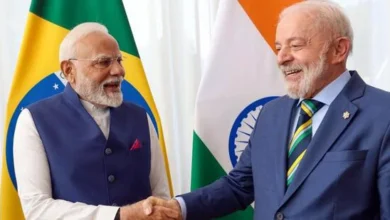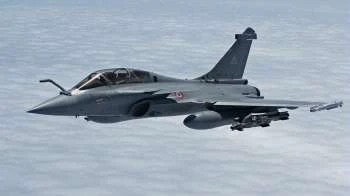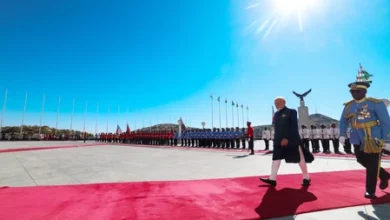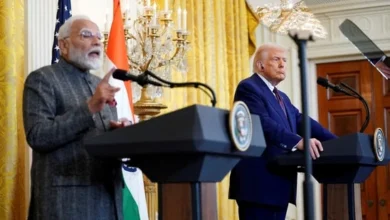Indo-Pak War: Why ‘Jai Hind’ is more than just a slogan for the Indian Army
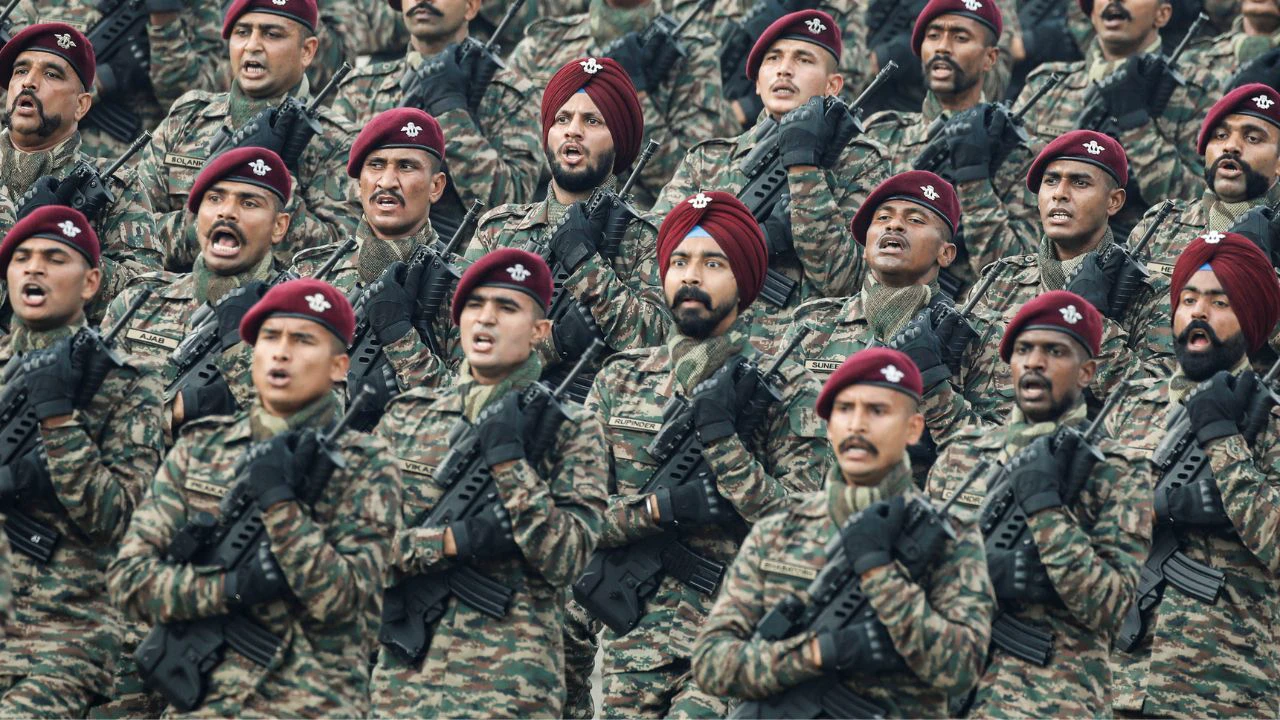
Indo-Pak War: As the Indian Army launched Operation Sindoor on Wednesday, in retaliation to the loss of 26 lives in the Pahalgam terror attack, the nation resonated with chants of ‘Jai Hind’.
The phrase has long symbolised unity, courage, and unparalleled patriotism.
However, it is crucial to understand the origin of this iconic phrase, and why it continues to hold such a deep significance in the Indian armed forces and beyond?
Indo-Pak War: The origin
‘Jai Hind’, in other words, ‘Victory to India’, was coined by Zain-ul Abideen Hasan (later Abid Hasan Safrani) in the year 1941 while he was stationed in Germany alongside Netaji Subhas Chandra Bose. As Netaji laid the foundation of the Indian National Army, also known as the Azad Hind Fauj, he adopted ‘Jai Hind’ as the official greeting to unify the soldiers of diverse backgrounds.
Before ‘Jai Hind’, military units were fragmented by regional or religious greetings such as ‘Sat Sri Akal’, ‘Jai Ramji Ki’, and ‘Salaam Alaikum’. Bose and Hasan saw the need for a more inclusive salutation. ‘Jai Hindustan Ki’ was coined and later shortened to ‘Jai Hind’—a crisp and secular phrase that rallied all the soldiers under one banner.
Indo-Pak War: Institutional legacy of the INA
The INA which was initially formed by Captain Mohan Singh in 1942 and later revived by Bose in 1943, grew to over 50,000 soldiers. Several brave officers like Major General Shahnawaz Khan, Colonel Gurbaksh Singh Dhillon and Colonel Prem Sehgal, famously faced trial by the British at the Red Fort. This stirred nationwide support for the independence movement.
Indo-Pak War: Post-Independence military adoption
After 1947, India’s military moved away from the old British traditions and hence, ‘Jai Hind’ was formally adopted as a salutation and greeting within the Indian Armed Forces. This reflected a sovereign and democratic identity of an independent India.
Used by officers and soldiers alike, ‘Jai Hind’ a symbol of pride in service, today concludes official speeches, and serves as a unifying phrase across ranks and regions.


